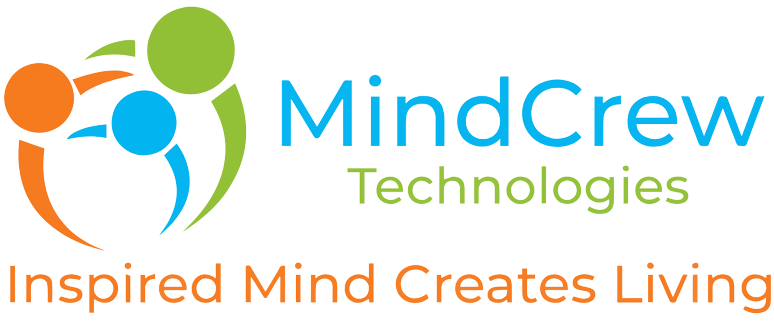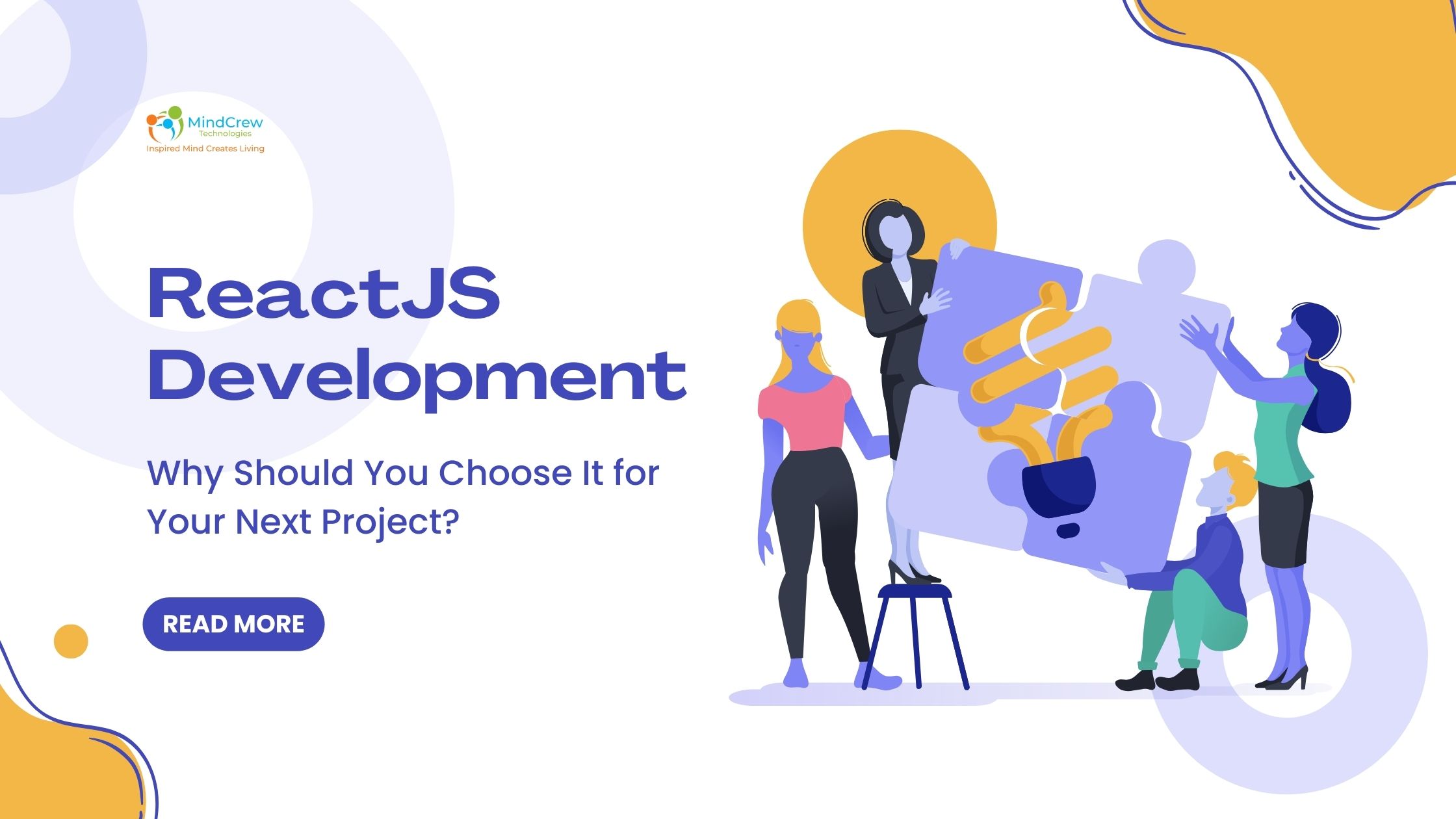ReactJS Development: Why Should You Choose It for Your Next Project?
Why ReactJS Should Power Your Next Project: A Deep Dive
ReactJS, the ubiquitous JavaScript library, has taken the web development world by storm. But with a plethora of frameworks vying for attention, why should React be your weapon of choice for your next project? This comprehensive guide delves into the world of ReactJS development, exploring its strengths, core concepts, and the advantages it brings to the table.
Demystifying React: Beyond the Hype
React is not a full-fledged framework, but rather a JavaScript library for building user interfaces. It focuses on the “V” (View) in the MVC (Model-View-Controller) design pattern, allowing developers to create reusable UI components that encapsulate both data and logic. This component-based architecture fosters modularity, maintainability, and a clean separation of concerns.
Here’s what sets React apart:
- Virtual DOM: React employs a virtual representation of the real DOM (Document Object Model), enabling efficient updates. It compares the virtual DOM with the actual DOM and modifies only the necessary parts, resulting in a performant and responsive user experience.
- JSX: JSX (JavaScript XML) is a syntax extension that blends HTML-like structures with JavaScript code. It improves readability and makes it easier to visualize the UI components within your codebase.
- Unidirectional Data Flow: React enforces a unidirectional flow of data, where data changes propagate from parent to child components. This predictability streamlines debugging and reduces the risk of unintended side effects.
- Declarative Style: React components describe what the UI should look like for a given state, promoting a declarative approach. This simplifies reasoning about your application’s behaviour.
The Allure of React Development: A smörgåsbord of Benefits
Beyond its core concepts, React offers a compelling array of advantages for web application development:
- Enhanced Developer Experience: React’s component-based architecture promotes code reusability and maintainability. Its focus on UI components fosters a more intuitive development process. Hot reloading, a feature that instantly reflects code changes in the browser, further streamlines development.
- Performance Prowess: The virtual DOM ensures that only necessary updates occur, leading to a smooth and responsive user experience. React excels at creating Single-Page Applications (SPAs) that feel native-like.
- SEO Friendliness: React applications can leverage server-side rendering (SSR) techniques to improve search engine optimization (SEO). This ensures that search engines can effectively crawl and index your content.
- Vast Ecosystem and Community: React boasts a thriving community of developers and a rich ecosystem of libraries and tools. From state management solutions like Redux to testing frameworks like Jest, you’ll find a plethora of resources to enhance your development workflow.
- Mobile-Readiness with React Native: React Native, built with the same design principles as React, allows developers to leverage their React skills to create native mobile applications for iOS and Android. This code reusability translates to faster development and a consistent user experience across platforms.
When to Embrace React: Perfecting Project Alignment
While React shines in numerous scenarios, here’s where it truly excels:
- Interactive and Dynamic UIs: If your project demands a highly interactive and dynamic user interface, React’s component-based architecture and virtual DOM make it an ideal choice.
- Single-Page Applications (SPAs): React is a champion for building SPAs that deliver a seamless user experience without full-page reloads.
- Large-Scale and Complex Applications: React’s modularity and scalability make it well-suited for handling the intricacies of building and maintaining extensive web applications.
Getting Started with React: A Roadmap to Success
The journey into React development is paved with numerous resources to empower you. Here’s a suggested roadmap:
- Grasp the Fundamentals: Begin by solidifying your understanding of JavaScript, HTML, and CSS. Familiarize yourself with the core concepts of React, including components, props, state, and JSX.
- Official Documentation:. It provides comprehensive guides, tutorials, and API references to equip you with a strong foundation.
- Community and Online Courses: The React community is vibrant and supportive. Online forums like Stack Overflow and communities like Reddit’s r/reactjs are excellent platforms to seek help and learn from others’ experiences. Consider enrolling in online courses offered by platforms like Udemy or Coursera for a more structured learning path.
Beyond the Basics: Exploring Advanced React Techniques
As you gain proficiency, delve into advanced React concepts to unlock its full potential:
- State Management: While React offers built-in state management, complex applications benefit from external solutions like Redux, MobX, or Zustand. These libraries provide predictable patterns for managing application state across components.
- Optimization Techniques: As your application grows, performance optimization becomes crucial. Techniques like code splitting, lazy loading, and memoization can significantly enhance user experience by reducing load times and improving responsiveness.
- Testing: React fosters a strong testing culture. Leverage Jest, a popular testing framework, to write unit and integration tests for your components. This ensures code quality and simplifies debugging during development.
- Third-Party Libraries: The React ecosystem abounds with valuable libraries for various functionalities.
Beyond the Horizon: The Future of React Development
React continues to evolve, with new features and trends shaping its future. Here’s a glimpse into what awaits:
- React Hooks: Introduced in React 16.8, hooks provide a functional way to manage state and side effects within functional components. This paradigm shift allows developers to leverage stateful features without resorting to class components.
- Server-Side Rendering (SSR): Frameworks like Next.js [https://nextjs.org/] are gaining traction for building server-rendered React applications. This approach improves SEO and initial load times, especially for complex SPAs.
- Static Site Generation (SSG): Libraries like Gatsby [https://www.gatsbyjs.com/] facilitate the creation of static websites using React. This approach offers blazing-fast load times and exceptional SEO benefits.
- Progressive Web Apps (PWAs): React can be used to create PWAs that offer native-like experiences on mobile devices. PWAs leverage features like service workers and push notifications to provide users with an offline experience and improved engagement.
Conclusion: React – A Powerful Ally in Web Development
ReactJS offers a compelling proposition for web developers. Its component-based architecture, virtual DOM, and focus on UI development make it a versatile and performant solution. Whether building interactive SPAs, complex web applications, or mobile-ready PWAs, React empowers developers to create exceptional user experiences.
With its vast ecosystem, active community, and continuous evolution, React is poised to remain a dominant force in web development for years to come. So, the next time you embark on a new project, strongly consider React as your trusted ally.
This comprehensive guide has equipped you with the knowledge to make an informed decision. Now, it’s time to unleash your creativity and leverage the power of React to craft innovative and engaging web experiences!







